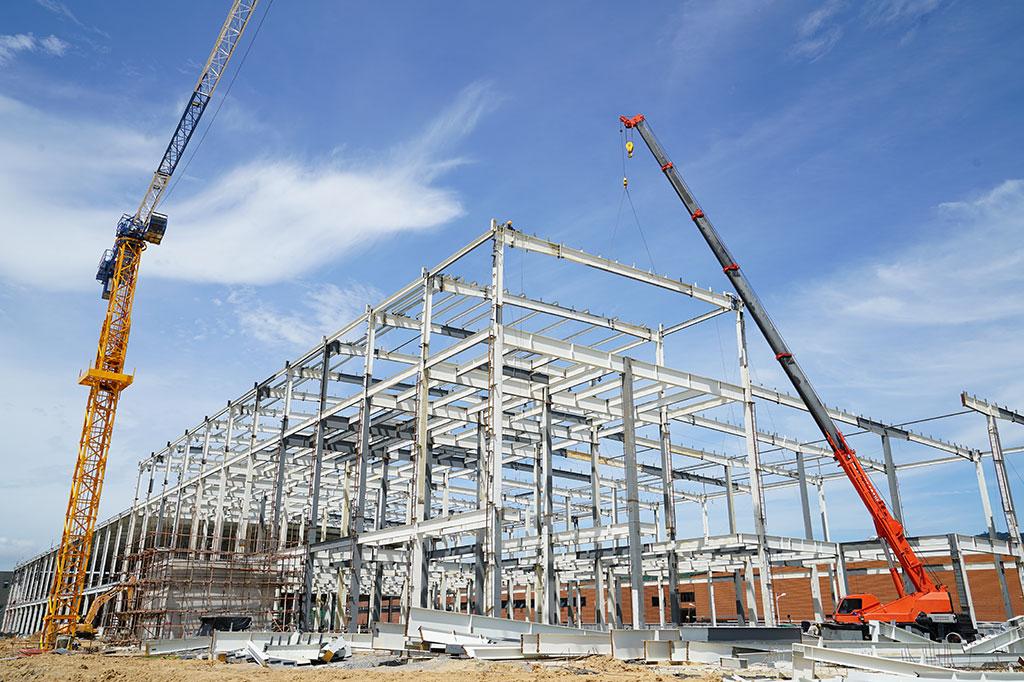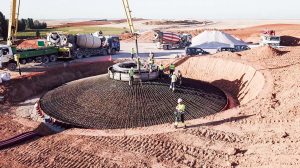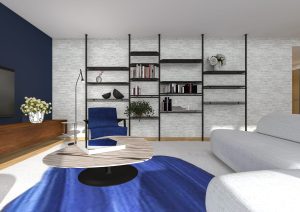Top 5 Techniques in Modern Aluminum Fabrication

Aluminum is one of the most commonly used materials in modern fabrication. Its lightweight yet strong properties make it ideal for a wide range of applications, from aircraft and automobiles to household appliances and building structures. With the constant advancements in technology, aluminum fabrication techniques have also evolved over time.
In this article, we will discuss the top 5 techniques that are widely used in modern aluminum fabrication.
Welding:
Welding is one of the most popular techniques used in alu fabrication. It involves joining two or more pieces of metal together using heat and pressure. With welding, different types of joints can be created depending on the application – such as butt joint, lap joint, corner joint, and T-joint. There are various welding methods used in aluminum fabrication, including Gas Metal Arc Welding (GMAW), Gas Tungsten Arc Welding (GTAW), and Friction Stir Welding (FSW). Each method has its own advantages and is chosen based on the requirements of the project.
CNC Machining:
Computer Numerical Control (CNC) machining is a manufacturing process that uses computerized controls to operate machine tools such as lathes, mills, routers, and grinders. This technique is highly precise and can produce complex shapes with tight tolerances. In modern aluminum fabrication, CNC machining is commonly used for creating prototypes, custom-designed parts, or mass production of components.
Extrusion:
Extrusion is a process in which aluminum is forced through a die to create a desired cross-sectional shape. This technique is used for producing long and uniform pieces, such as beams, tubes, and rods. The advantage of extrusion in aluminum fabrication is that it allows for the creation of complex shapes without the need for secondary machining processes.
Rolling:
Rolling is another popular technique used in modern aluminum fabrication. It involves passing an aluminum sheet or plate between rollers at high pressure to flatten and shape the metal into thin sheets or coils. The resulting product can be further processed for various applications, such as roofing, packaging materials, or automotive body panels.
Powder Coating:
Powder coating is a finishing process used to protect and enhance the appearance of aluminum fabricated products. It involves applying a dry powder onto the surface of the metal and then curing it in an oven to form a durable and attractive coating. This method is preferred over traditional liquid painting as it produces less waste, has better adhesion, and offers more color options.




